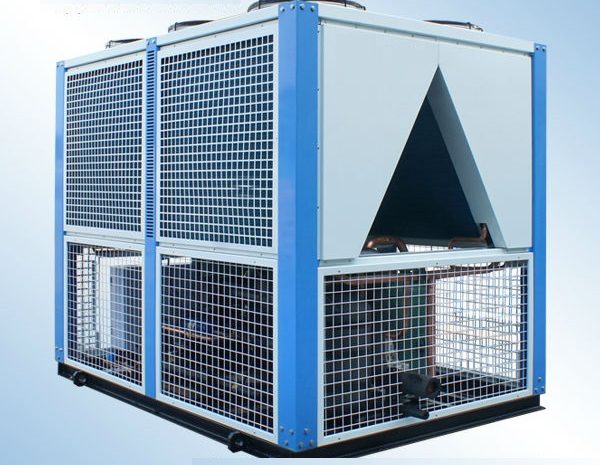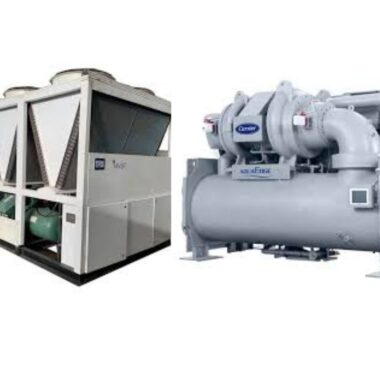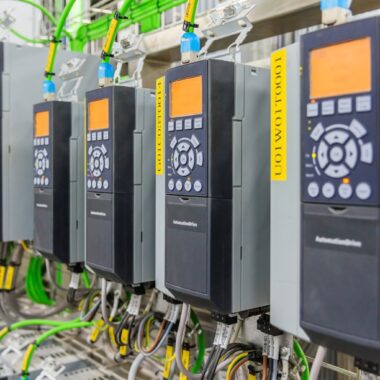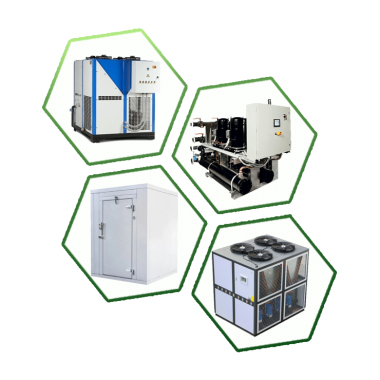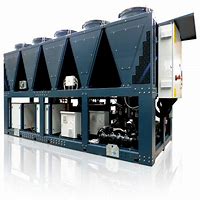Working Principle of Air-Cooled Chiller
Working Principle of Air-Cooled Chiller:
An air-cooled chiller is a type of refrigeration system that cools the air using ambient air as the cooling medium. The working principle of an air-cooled chiller is as follows:
- The refrigeration cycle starts with the compressor. Basically, it compresses the refrigerant gas to increase its temperature and pressure.
- The high-pressure, high-temperature refrigerant gas is then sent to the condenser, where it is cooled by the ambient air flowing over the condenser coils. This causes the refrigerant to condense into a liquid state.
- The liquid refrigerant then flows through an expansion valve, which reduces its pressure and temperature. This causes the refrigerant to evaporate into a gas state.
- The low-pressure, low-temperature refrigerant gas is then sent to the evaporator, where it absorbs heat from the air passing over the evaporator coils. This causes the refrigerant to evaporate into a gas state again.
- The now-warmed air is then circulated back into the room or building, while the refrigerant gas is sent back to the compressor to repeat the cycle.
The air-cooled chiller uses fans to circulate ambient air over the condenser coils, which transfer the heat from the refrigerant to the air. This allows the chiller to operate without the need for a water supply or cooling tower, which makes it ideal for use in areas where water is scarce or expensive. The efficiency of an air-cooled chiller depends on factors such as the ambient air temperature, the airflow rate, and the size and design of the chiller.
Benefits of being an Air cooled chiller user
air-cooled chillers offer a range of benefits, including lower water usage, lower maintenance costs, easy installation, energy efficiency, and cost-effectiveness.


